Animals will often chew plants to get some roughage. For dogs this is because they are omnivores and actually enjoy plant foods. Plant roughage can be a good source of vitamins and can be helpful for passing food through the intestines. Cats are strictly carnivorous, but eating plants can benefit them by helping to bind hair in the stomach and carry it back out when they hack the hair out through their esophagus and mouth. However, animals also eat leaves for reasons we do not always understand. This is especially true for pets that are kept indoors most or all of the time, since they have not learned which plants taste bad and should be avoided, or they do not have enough access to plants and will chew on whatever is accessible.
There are some types of decorative plants that are toxic to dogs and cats. In some cases, only mild indigestion and discomfort will result, in other cases, the toxicity can lead to more severe health problems, and even fatalities. If you are planning to bring holiday foliage into your home this season, you will need to know which plants are safe, which should be kept out of your pet’s reach, and which should be avoided entirely.
Here's a look at some of the most common poisonous holiday plants along with some reassurance about plants many people think are poisonous that really aren't that dangerous.
Holly - Poisonous

A child can eat 1-2 holly berries (Ilex sp.) without harm, but around 20 berries can cause death, so eating holly berries is a serious concern for children and pets. Though the berries are the part that is most commonly eaten, the bark, leaves, and seeds are toxic. What is the poison? Interestingly enough, it is theobromine, an alkaloid that is related to caffeine. People metabolize the stimulant readily, but it poses a problem for most pets. Theobromine is found in chocolate (and is toxic to dogs even at the lower concentration), but there is much more of the compound in holly berries.
Poinsettia - Not That Bad
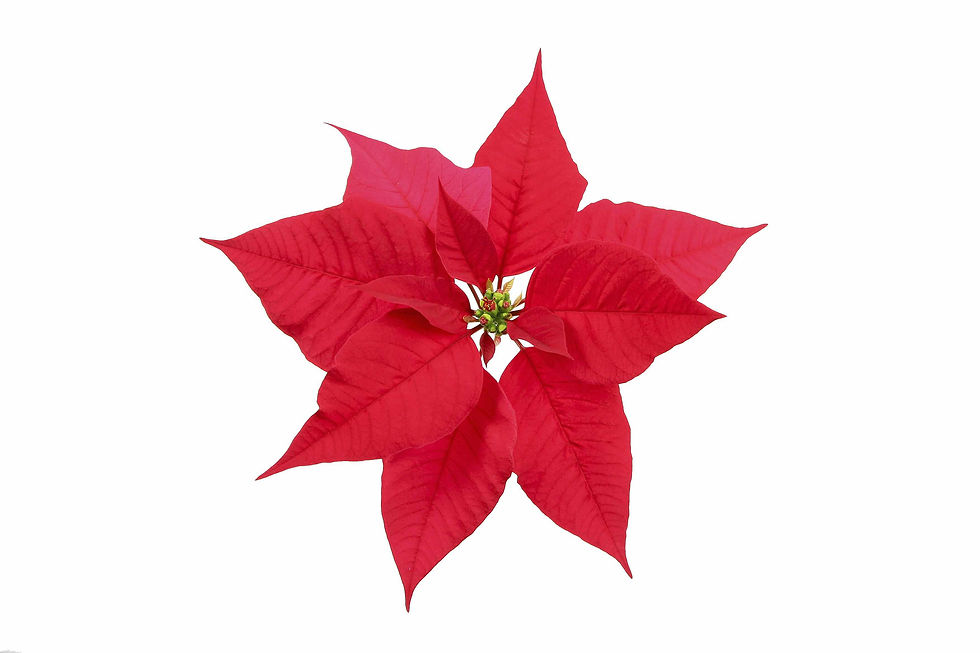
A poinsettia is a natural pH indicator. It's not really that toxic. The beautiful poinsettia is not something you want on a salad, but this Euphorbia is not particularly dangerous. If you eat a few leaves, you may feel ill or vomit. Rubbing the sap from the plant into your skin can give you an itchy rash. Beyond that, this plant is unlikely to cause a problem for either humans or pets.
Mistletoe - Poisonous
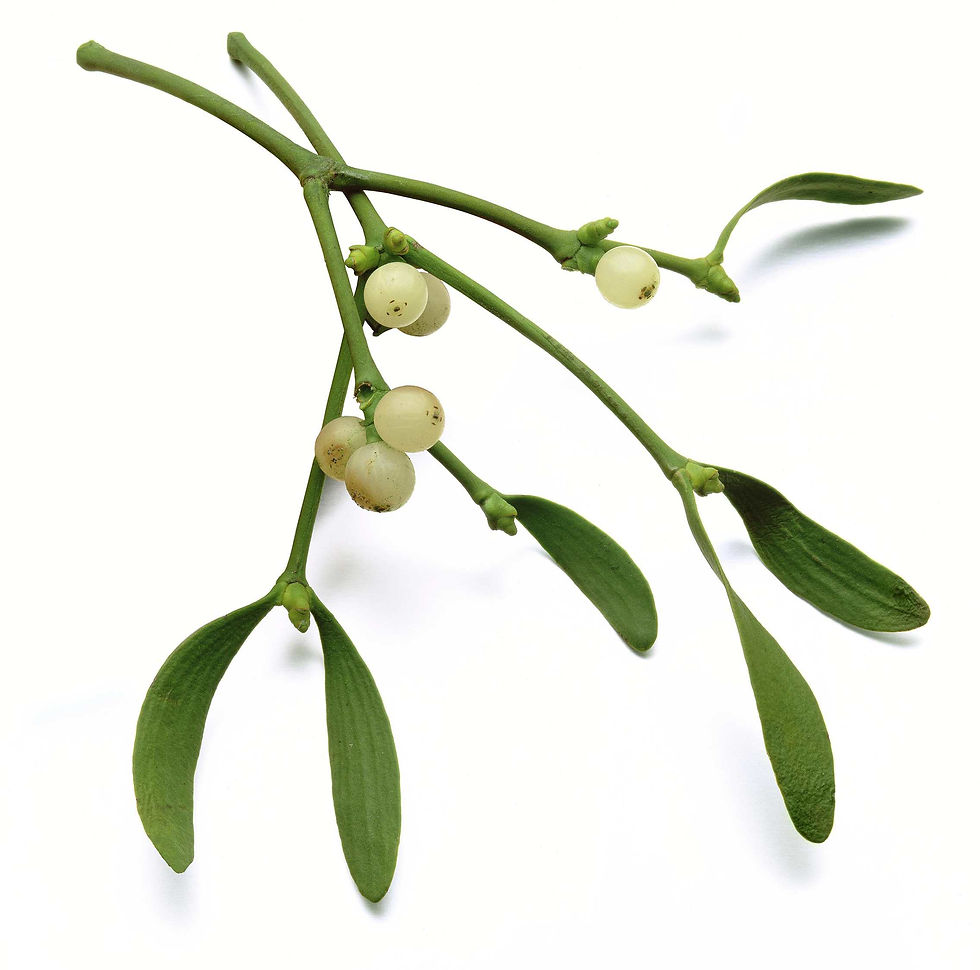
There are several species of mistletoe. Some species are quite toxic. Mistletoe is a name given to one of several plants, all potentially dangerous for kids and pets. Phoradendron species contain a toxin called phoratoxin, which can cause blurred vision, nausea, abdominal pain, diarrhea, blood pressure changes, and even death. The Viscum species of mistletoe contain a slightly different cocktail of chemicals, including the poisonous alkaloid tyramine, which produce similar symptoms. All parts of the mistletoe plant are poisonous, though it is the berries that may be most attractive to kids. Eating 1-2 berries probably will not cause a problem for a child, but a small pet could be endangered by eating a few leaves or berries. If your child or pet eats mistletoe, it's a good idea to seek medical advice.
Amaryllis and Daffodils - Poisonous
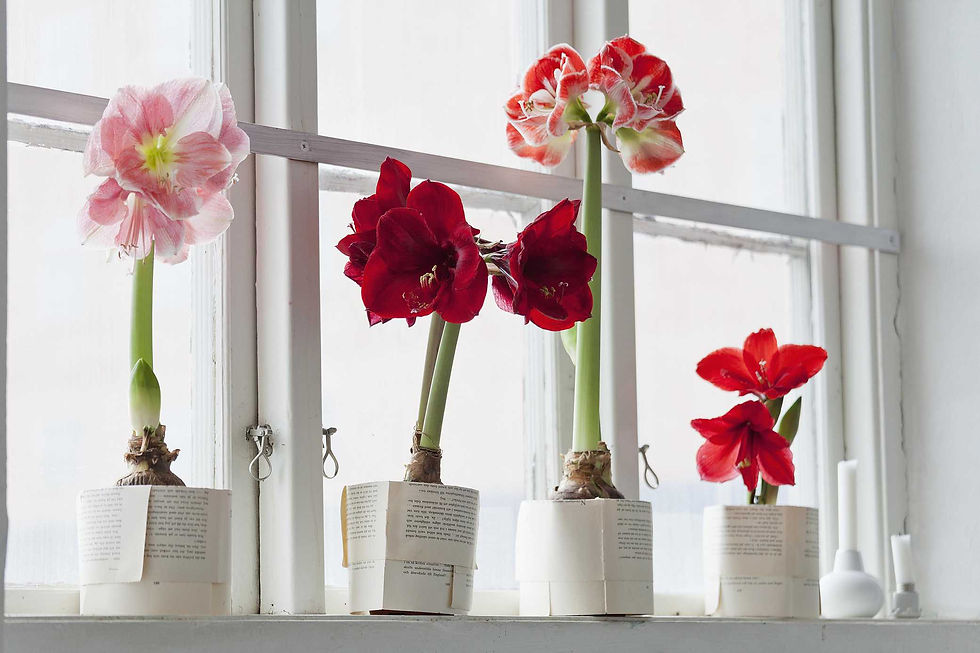
Amaryllis flowers are beautiful, but toxic to people and pets.
An amaryllis bulb is a common holiday gift. Amaryllis, daffodil, and narcissus bulbs may be forced indoors to produce showy holiday flowers. Eating the bulbs (and leaves, though they are less toxic) can cause abdominal pain, cardiac arrhythmias, and convulsions. The plants are more likely to be eaten by pets than children, but the alkaloid poison lycorine is considered toxic to humans, too.
Cyclamen - Poisonous for Pets
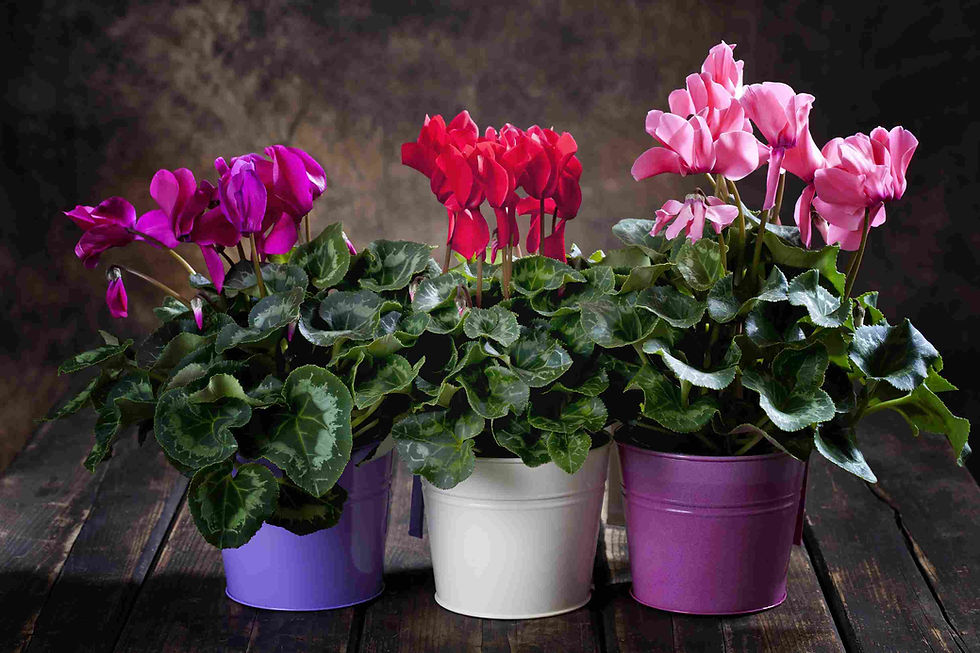
Red, purple and pink cyclamen in flower pots. Cyclamen is toxic to pets. Cyclamen (Primulaceae) is a flowering plant commonly seen around the winter holidays. Cyclamen tubers contain triterpinoidsaponins, which can cause nausea, vomiting, convulsions, and paralysis. This plant is more of a concern for pets than humans. In fact, some cyclamen cultivars are favored for their delicate flavor and use in tea.
Christmas Trees - Not a Major Concern

A Christmas tree is only mildly toxic, but it can present a health risk if it has been sprayed with a flame retardant chemical. Cedars, pines, and firs are very mildly toxic. The biggest concern here is the possibility of puncturing part of the gastrointestinal tract from eating needles, though the tree oils may cause irritation of the mouth and skin. Toxicity might be affected by whether the tree had been sprayed with a flame retardant. People don't usually eat Christmas trees. Even a dog is unlikely to eat enough of the tree to cause a problem.
Jerusalem Cherry - Poisonous
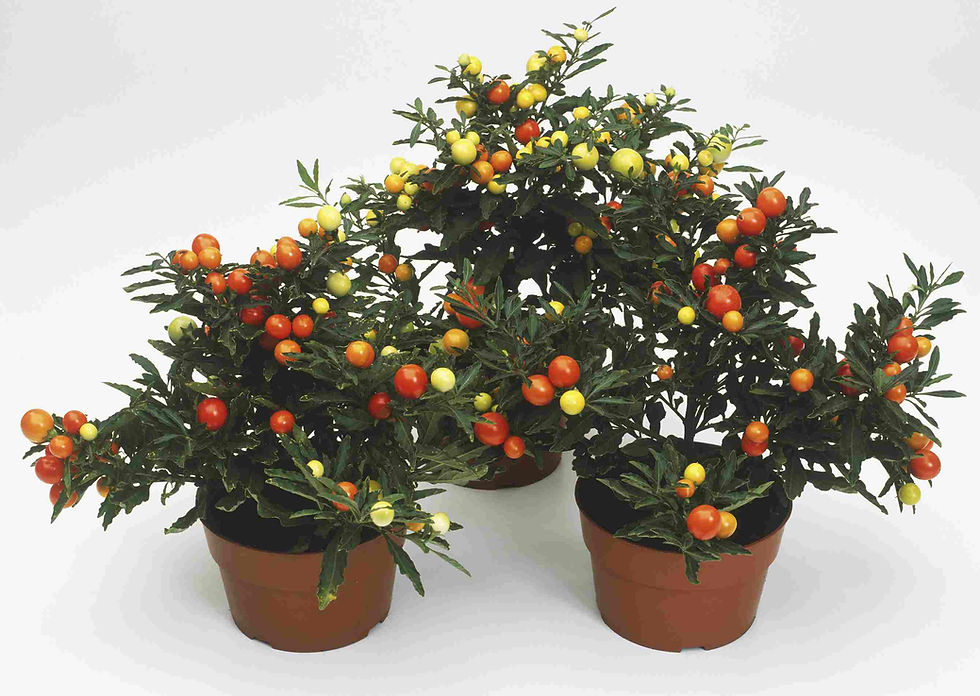
The Jerusalem cherry (Solanum pseudocapsicum) is a species of nightshade that bears poisonous fruit. The primary poison is the alkaloid solanocapsine, which can cause gastric upset and vomiting in people, but generally is not life-threatening. However, the fruits are extremely toxic to dogs and cats and some birds. The fruit resembles a cherry tomato, both in appearance and flavor, so kids and pets may eat enough to cause illness, or in the case of pets, even death. In contrast, other common plants from the nightshade family (e.g., tomatoes, potatoes) only contain a small amount of solanine and are nutritious.
Christmas Cactus - Not Toxic
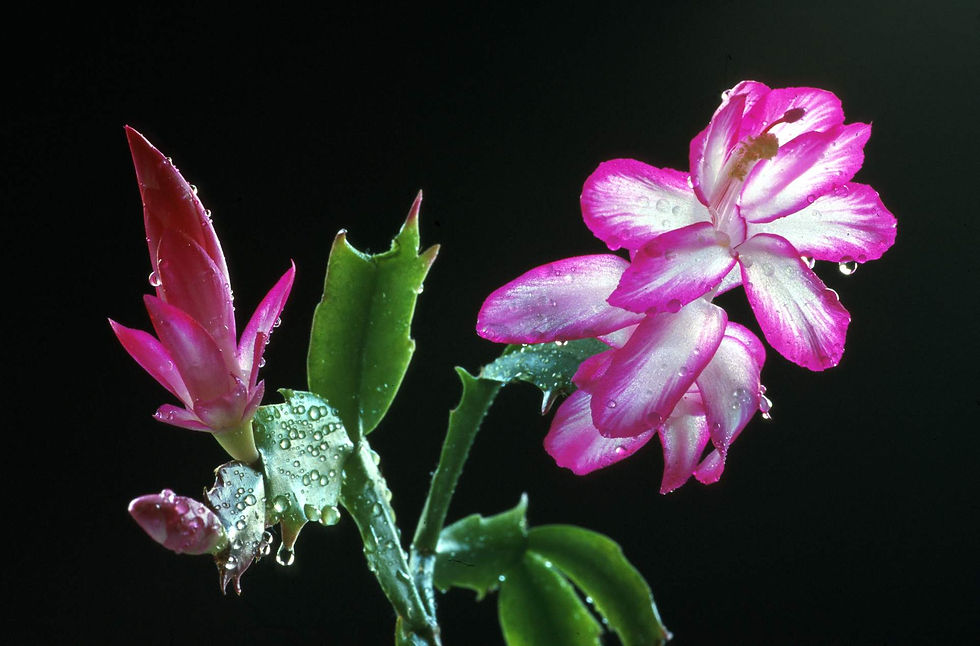
The Christmas cactus (Schlumbergera sp.) is an easy-to-care-for cactus that blooms around the holidays. Neither this cactus nor members of the species that bloom around Easter are toxic to humans, dogs, or cats. However, it's best to keep this plant away from Mittens because ingesting the fibrous plant can irritate a cat's digestive tract, leading to vomiting and diarrhea.
Safety First
Holiday plants are beautiful and interesting. Children and pets are likely to be curious about them. Even if the plant itself is safe, a display may include ribbons or small decorations best kept away from tiny hands and paws. It's best to place these decorations out of reach. If a child or pet does ingest a potentially dangerous plant, contact poison control or a veterinarian for advice.
Resources:



